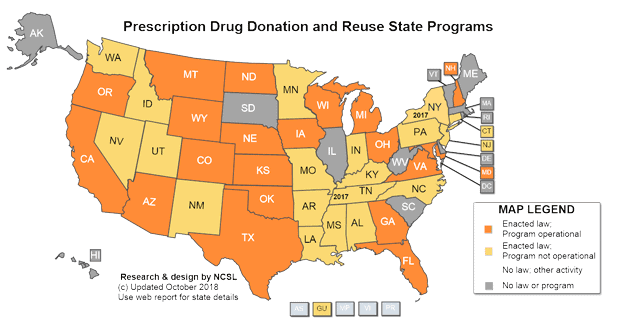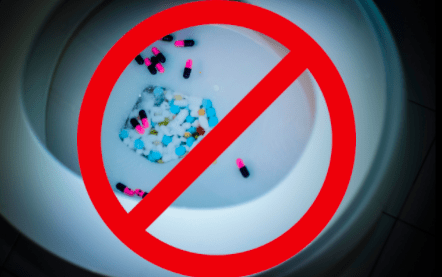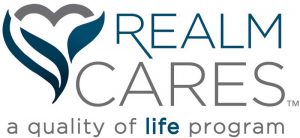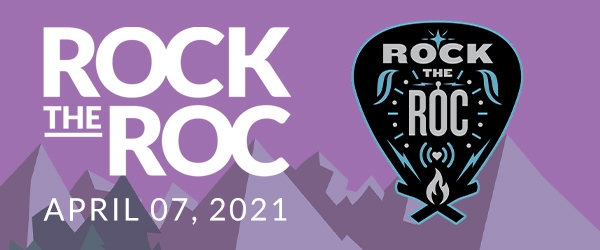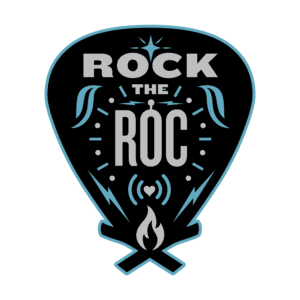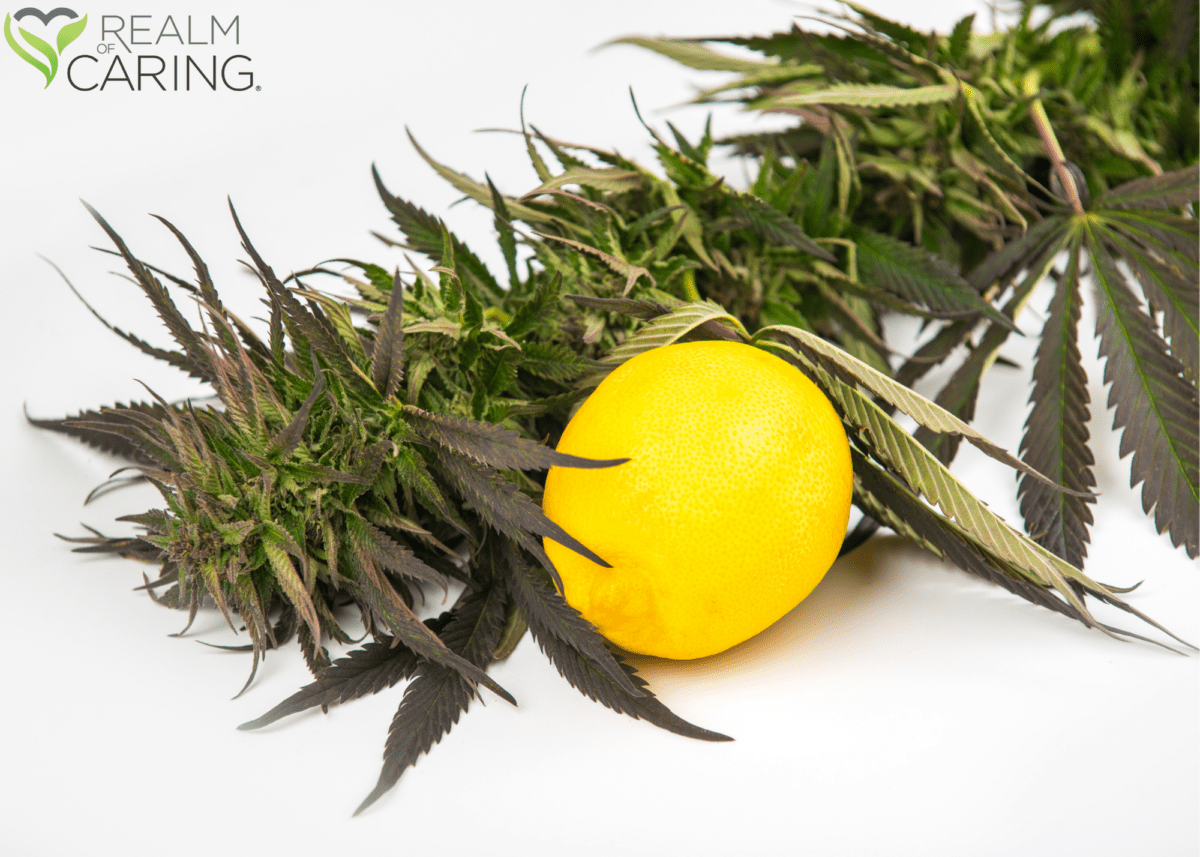“Go gray in May” represents bringing awareness to the brain tumors that affect nearly 700,000 individuals in the United States today. If you are affected by a brain tumor or know someone who is, we have resources to support and help you to increase your quality of life.
In this blog, for Brain Tumor Awareness Month, we aim to answer your questions about brain tumors and cannabinoid therapy research. For those new to this plant-based therapy, just know that you are not alone. Realm of Caring is here to navigate this difficult journey with you.
Terms to know:
Endocannabinoid System (ECS): Largest neurotransmitter system in the body, composed of endogenous cannabinoids, cannabinoid receptors, and metabolizing enzymes. It helps the body to maintain biological harmony across all major body systems.
Endogenous cannabinoids (endocannabinoids): Cannabinoids produced naturally within the body that bind to or modulate receptors present all throughout the body. Examples include anandamide (AEA) and 2-arachidonoylglycerol (2-AG).
Phytocannabinoids: Cannabinoids found in cannabis plants such as Delta-9-Tetrahydrocannabinol (THC) and Cannabidiol (CBD).
How they may help:
Tumor angiogenesis is the growth of new blood vessels that are needed to increase tumor size. Therefore, antiangiogenic properties are correlated with suppressing tumors or halting their growth. The antiangiogenic activity of cannabinoids has been well-researched. The anti-tumor effects of THC, CBD, endocannabinoids AEA and 2-AG, and synthetic cannabinoids have been clinically studied for decades now. Recently, more phytocannabinoids are being researched for like-benefits. The ability of these cannabinoids to modulate cell survival and death, as it relates to tumor and cancer growth, has been considered as “significant from a drug development perspective”.
There is a large body of data with solid scientific evidence that points to the role of the ECS in tumor generation and progression. The introduction of cannabinoids to the ECS has resulted in the inhibition of tumor growth as well as suppression of malignant cell growth and cancer cell death. The combination has shown promising efficacy against glioma among other tumor and cancer types.
The cannabinoids that have been used to study these effects also show the ability to decrease negative side effects of conventional cancer therapies as well as having an acceptable safety profile. It is believed that cannabinoids are safe to take in conjunction with traditional cancer therapies. Talking with a doctor is always suggested, but research does suggest that cannabinoids may actually increase the effectiveness of chemotherapy and radiation treatments.
Current strategies to combat cancer utilize combined therapies, to target cancer cells and tumor growth. The idea is that cannabinoids with other anticancer agents work together to slow down or cease the progression. One combined approach includes a 1:1 ratio of CBD:THC. Administering the two together may potentiate each other’s ability. Anecdotally, many cancers respond to this ratio well although the exact milligram needed to be an antiangiogenic or cause apoptosis is unknown and can vary depending on the cancer type and stage.
Realm of Caring has Cancer Dosing Guidelines to help you get started in this process. There is a lot to consider when starting cannabinoid therapy but, as always, a Realm of Caring care specialist is here to help with your questions. Contact us today by calling (719) 347-5400 or by emailing info@realmofcaring.org.
◾
Disclaimer
The Realm of Caring Foundation specifically invokes the first amendment rights of freedom of speech and of the press without prejudice. These statements have not been evaluated by the food and drug administration. the products discussed are not intended to diagnose, cure, prevent or treat any disease. Realm of Caring always recommends when and wherever possible that licensed local healthcare professionals be consulted.
The Realm of Caring Foundation is an independent nonprofit with its own governing board. We do not produce or sell cannabinoid products, nor do we receive funds from the sale of other company’s products.





